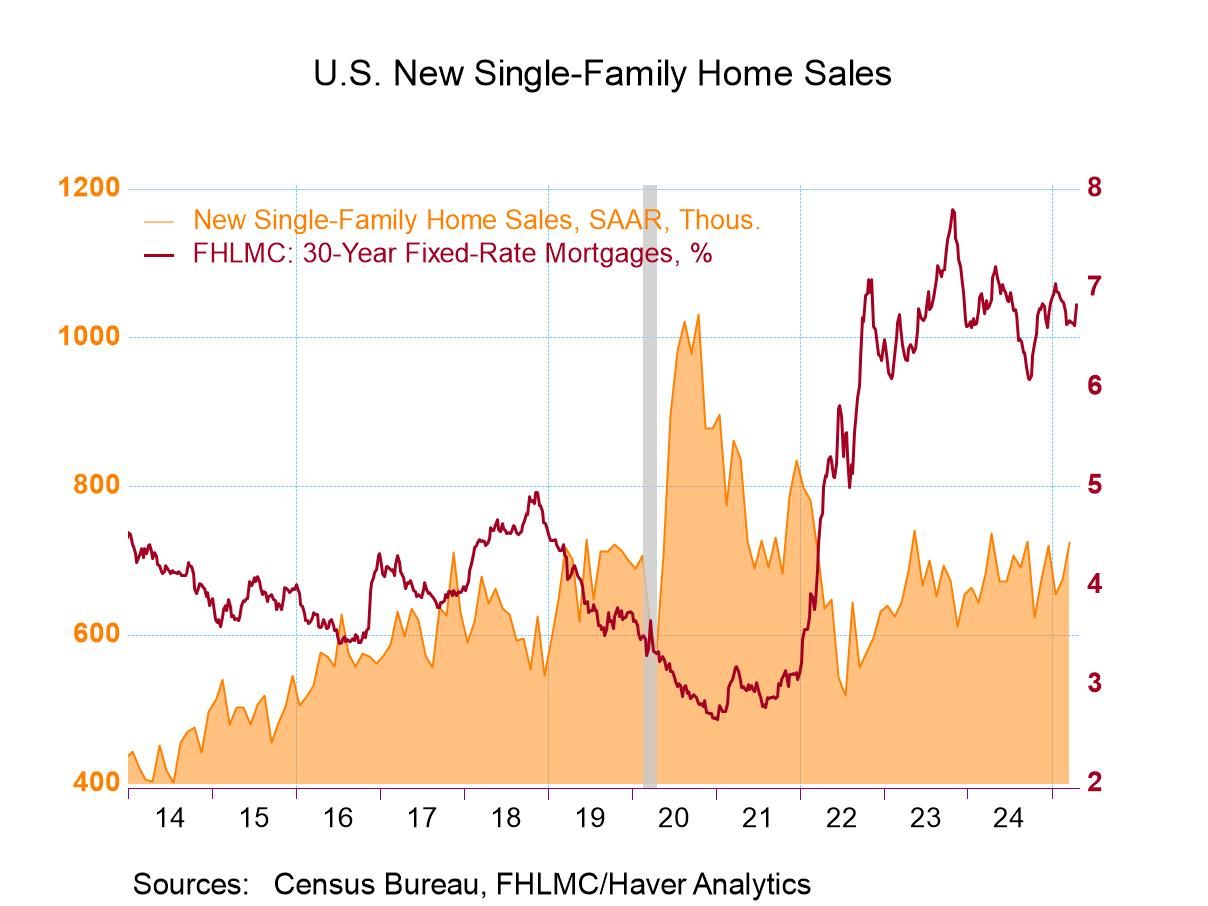Dutch Production Falls

Industrial production in the Netherlands fell by 1.1% in December and declined broadly across key categories. The output decline comes after two monthly rises in a row. Output has been vacillating, showing declines month-over-month in six of the last twelve months.
Sequentially output (IP excluding construction, the headline series) is lower by 2.2% over 12 months, falling at a 1.6% annual rate over six months then rising at a 2.8% annual rate over three months. In the just completed Q4, output is falling at a 0.5% annual rate. On data back just before the start of COVID to January 2020, output is up by 0.5% a very narrow gain over such an extended period. Separately, ranking the year-on-year IP growth back to 2020, the current growth rate stands at the 20.4 percentile, near the boundary for the lower one-fifth of its queue of data. And the S&P manufacturing PMI gauge ranks on data back to January 2020 at its 35.4 percentile, also a low standing. However, they compare most closely to manufacturing, whose output growth rank is an extremely weak 3.7 percentile.
The table and the chart combine to provide as clear a picture as we can get of the manufacturing sector. In the table, we see cross-currents as manufacturing performance varies by sequential period and, of course, increases as periods of calculation shorten. Over three months, all categories show output increases, except transportation, where output falls hard. Over six months, output falls in all main industries. Over 12 months, output falls in three-categories and rises in two. Sequentially overall output is improving, moving from weak and shrinking to growing. Manufacturing has the same pattern while transportation output trend consistently worsens. Food & beverages as well as mining & quarrying are without clear trend but both show increases over three months and 12 months and decline over six months.
The queue rankings (on 12-month growth rates) for IP show strength for mining & quarrying with a 98-percentile standing for its 17.8% y/y growth. The food and beverage industry has an above 50%, standing at 55.6%. Manufacturing overall and transportation equipment have standing below their respective 15th percentiles.

The Netherlands is an essential transportation hub for European shipping. Its own economy shows a great deal of lethargy for manufacturing. There is little here to be cheerful about. At the same time, the global scene remains difficult and with Rotterdam as an essential shipping port. Activity in the Netherlands is not helped by the ongoing drop in the Baltic dry index that has fallen over 65% since July 2024. The U.S. economy is still looking solid and unemployment in Europe has been steady, but growth is still lacking, and the inflation environment has been worse than what has been targeted globally- despite ongoing easing by central banks. Central banks remain transfixed by their easing regimes and seem non-plussed by their long string of inflation overshooting. But the only truly forward-looking positive for inflation is on the energy front on the back to the new Trump program of ‘Drill, baby, drill.’ The outlook bears watching.
Robert Brusca
AuthorMore in Author Profile »Robert A. Brusca is Chief Economist of Fact and Opinion Economics, a consulting firm he founded in Manhattan. He has been an economist on Wall Street for over 25 years. He has visited central banking and large institutional clients in over 30 countries in his career as an economist. Mr. Brusca was a Divisional Research Chief at the Federal Reserve Bank of NY (Chief of the International Financial markets Division), a Fed Watcher at Irving Trust and Chief Economist at Nikko Securities International. He is widely quoted and appears in various media. Mr. Brusca holds an MA and Ph.D. in economics from Michigan State University and a BA in Economics from the University of Michigan. His research pursues his strong interests in non aligned policy economics as well as international economics. FAO Economics’ research targets investors to assist them in making better investment decisions in stocks, bonds and in a variety of international assets. The company does not manage money and has no conflicts in giving economic advice.






